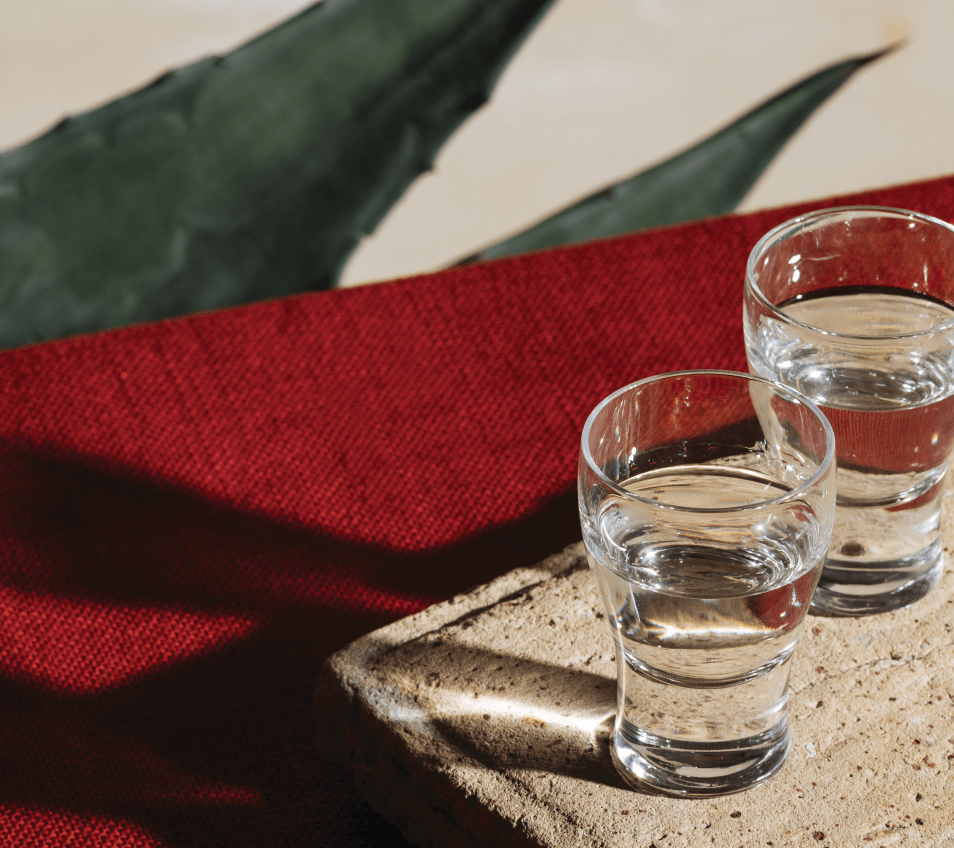
If you’re unfamiliar with sotol, you’re not alone. The earthy, smooth-sipping spirit, derived from the spiky evergreen of the same name, is native to the northern Chihuahuan Desert (which today includes the Mexican states of Chihuahua, Coahuila, Durango, Zacatecas, Nuevo León, and San Luis Potosí, as well as parts of Texas, New Mexico and Arizona). It’s little-known outside its region of origin, but that’s quickly changing as the liquor industry and consumers continue to clamor for well-made craft spirits with a sense of place.
Sotol was an important food and fiber source for the indigenous peoples of the Chihuahuan Desert dating back nearly 13,000 years. The exact year sotol was first distilled is unknown, but for a number of reasons, including colonial attitudes and restrictions put in place to encourage a Euro-centric marketplace, it was illegal to produce sotol and distillers—sotoleros—were persecuted. The ban was lifted in the early 1990s, although the industry remains small: there are less than 50 viñatas, or sotol distilleries, in Mexico (at this writing, there are roughly ten brands being imported) and just one across the border in Central Texas.
All sotol is wild-harvested (there’s never been a need to cultivate the abundant desert plant, unlike its distant cousin, agave) and the spirit is traditionally made in much the same way as artisanal mezcal. The piñas (hearts) are cooked in earthen pits fueled by native hardwoods such as mesquite or pine. While not an agave spirit, sotol shares the terminology used for mezcals and tequilas to denote unaged (joven, or blanco) and aged varieties.
Unaged
Sotol is often referred to as “desert gin,”and indeed its botanical nature makes it a compelling match for many types of cheese, from fresh and soft Mexican styles like queso blanco to bloomy chèvres. Clande Sotol Yellow, which exhibits notes of mellow banana, honey, wood, and salt, is best enjoyed with Cotija or Dalmatinac. The latter is a buttery, nutty Croatian natural rind cheese made from the milk of cows and sheep that graze on salt-misted island pasture. A fudgy, soft-ripened water buffalo cheese with hints of earth, mushrooms, and fresh cream matches the minerality of Sotol Por Siempre Blanco, with its notes of black pepper, pine, and mint.
Caseificio Quattro Portoni Casatica di Bufala
Aged
Like agave spirits, Mexican sotol is aged in used barrels, which lend a more subdued quality than new oak. Haciendade Chihuahua’s H5 Sotol Ultra Premium is fermented with Champagne yeast and matured in white French oak for five years, yielding a complex spirit with smoke, leather, citrus, and dark fruit flavors—just the right match for a rich, fruity blue. Desert Door’s Oak-Aged Texas Sotol matures for just eight months in new American oak, but the result is a smooth, whiskey-like sip with hints of vanilla, caramel, and spice; we love it with a beguiling young goat’s milk Gouda.
+ Hacienda de Chihuahua H5 Sotol Ultra Premium
+ Desert Door Oak-Aged Texas Sotol
Rare Species
There are 16 different species of sotol, five of which are used to make the spirit, the most common being Dasylirion wheeleri. Lesser-known species used for distillation include texanum, leiophyllum, cedrosanum, and berlandieri. Some viñatas specialize in bottles distilled from a single plant or less common species. Sotol Coyote’s Durango offering is a blanco made from cedrosanum, redolent of toasted nuts, butter, and yeast; it’s a beautiful match for a decadent mixed-milk bloomy rind with a luscious buttery interior. Desert Door is the only distillery making sotol from texanum, a species native to and harvested in the high desert of West Texas. Nutty Alpine-style cheeses complement its earthy, grassy flavor and exceptionally smooth finish.
Nettle Meadow Farm Briar Summit
In Mexico, locals drink sotol neat from a cow’s horn—it’s meant to be sipped and shared as a daily tonic as well as a celebratory libation. The best way to enjoy it at home is from a copita, a small, shallow clay cup traditionally used for mezcal; we love the handmade offerings from Whiskey and Clay.




